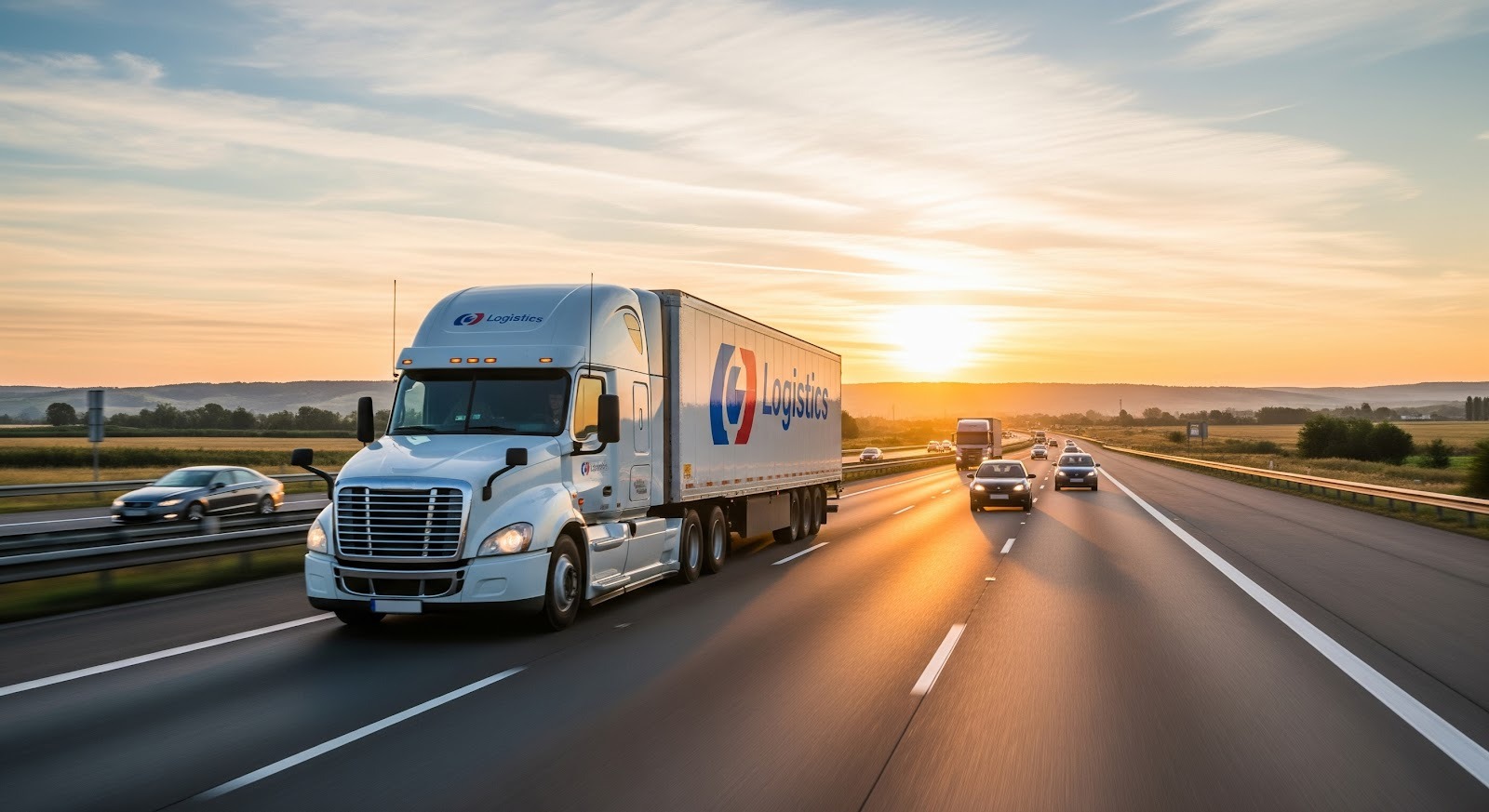Commercial Fleet Management: Strategies, Tools & Tips
Commercial fleet management plays a vital role in keeping businesses running smoothly, especially in industries like transportation, logistics, and...
Keep an eye on the road
Simplify your driver's routine
For efficient decision making
Ensure the compliance of your fleet
Simplify the daily life of your drivers
Maximize the value of your data
Unparalleled monitoring of your assets
The friendly competition that pays off
Planning powered by data
Exceed your customers' expectations
Provide better service to your users
Maximize the satisfaction of your citizens
Simplify your daily life on the construction site
Facilitate the electrification of your fleet
Our experts meet your needs
Easily meet the standards
Improve the safety of your drivers
Protect your data and your fleet

The transportation revolution is well underway, but far from complete. New technologies, scientific advances and paradigm shifts are shaking up the transportation industry.
The North American Council for Freight Efficiency (NACFE) describes the current period as the “Messy Middle”. It's a time when the future of transportation is particularly uncertain and unpredictable. Hydrogen, electrification, natural gas or even nuclear - what will tomorrow's dominant technology be, and how will transportation look in 30 years' time?
The adoption of new technologies brings with it its share of transformations and questions about their sustainability. A striking example is the way we consume television content. In the 1980s, the choice was limited to VHS and Beta cassettes, one of which ended up temporarily dominating the market. But then CD, DVD and Blu-ray took over. Today, in 2024, streaming has taken over. Personally, I no longer have a DVD or Blu-ray player at home; I make do with an antenna to pick up local channels.
NACFE sees the same uncertainty in the energy transition. According to their forecasts, the choice of dominant technology could remain unclear until 2050. At AttriX énergies, we firmly believe in a multi-energy fleet approach: the right vehicle for the right purpose. But who knows? Maybe we'll be teleporting by then!
''Messy Middle” is an essential step. It's essential to test new technologies to understand their strengths, weaknesses and opportunities. Every innovation needs to prove its worth under real-life conditions to reveal its true limitations, often invisible at the design stage or on paper.
Innovation is a complex process. Imagining one technology to replace another is accompanied by presuppositions based on existing paradigms. However, the real challenges and solutions emerge when a technology is integrated into day-to-day operations, sometimes sending us back to the drawing board. Sometimes, these new paradigms pave the way for novel solutions and steer the transition in directions we'd never have considered.
The main challenge of the Messy Middle is the uncertainty it brings. Companies are being asked to invest heavily in immature technologies that may not be the final solutions. This includes major investments in infrastructure and the acquisition of costly equipment, which may only meet part of their long-term needs.
To overcome this obstacle, it is crucial to convince companies to commit. Without this, no progress will be possible, and opportunities will remain unexplored. This is where subsidy programs, such as the Eco Trucking Program or the Energy-Efficient Freight Transportation Program, play a key role. Government support is essential to reduce the risks taken by companies in adopting these emerging technologies, by facilitating testing and experimentation. In addition, investment in government projects helps to level the playing field for carriers by eliminating obstacles that could hinder the initiative.
We're currently experiencing the biggest revolution in transportation. Whether it's for transporting people or goods, or for our personal journeys, every aspect is impacted. We must act to preserve our planet and reduce our carbon footprint. But this transition is still in its early stages, and far from complete. Big business must play a leading role if the industry is to adapt and prosper.
My advice is to stay informed. Several projects are already underway, such as Nationex's Decarbonized Corridor project, where we're sharing data on the use of 100% electric vehicles between Quebec City and Montreal for the next two years.
Move forward cautiously, taking small steps without rushing. Beware of “while you're at it” when it comes to infrastructure installation. Technologies evolve at an incredible speed, which is hard to keep up with, even for industry experts. It makes more sense to get on board the train when it's picking up speed than when it's already moving at full speed.
For the moment, the pressure to adopt an energy transition in heavy-duty transport is not yet very strong. We're hearing about deadlines for passenger vehicles in 2035, and school buses in Quebec have already been subject to an electric conversion obligation since October 2021. The pressure will soon be similar for other types of transport. However, the strongest incentive will come from customers, who are looking to improve their environmental footprint. After implementing internal measures, they will turn to their suppliers and ask for an action plan. In my opinion, this pressure will be the strongest and most effective. So it's best to prepare for it now, to ensure your company's long-term future.

Commercial fleet management plays a vital role in keeping businesses running smoothly, especially in industries like transportation, logistics, and...

In fleet management, fleet compliance services play a much bigger role than just checking a box. They’re about keeping your drivers safe, your...

Trucking has always come with its fair share of challenges, from road safety and liability issues to managing fleet efficiency. As the industry...